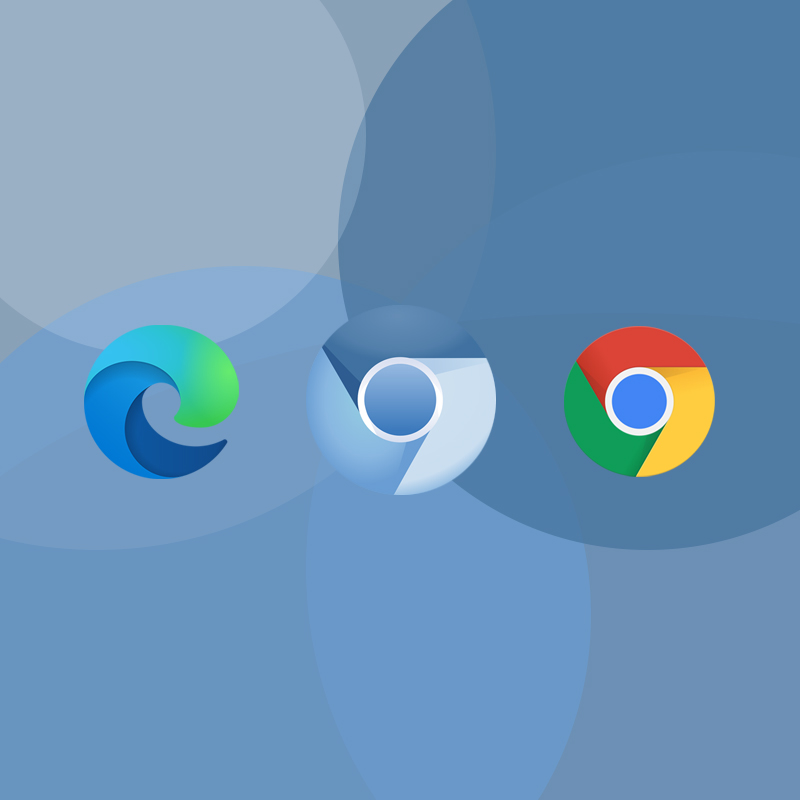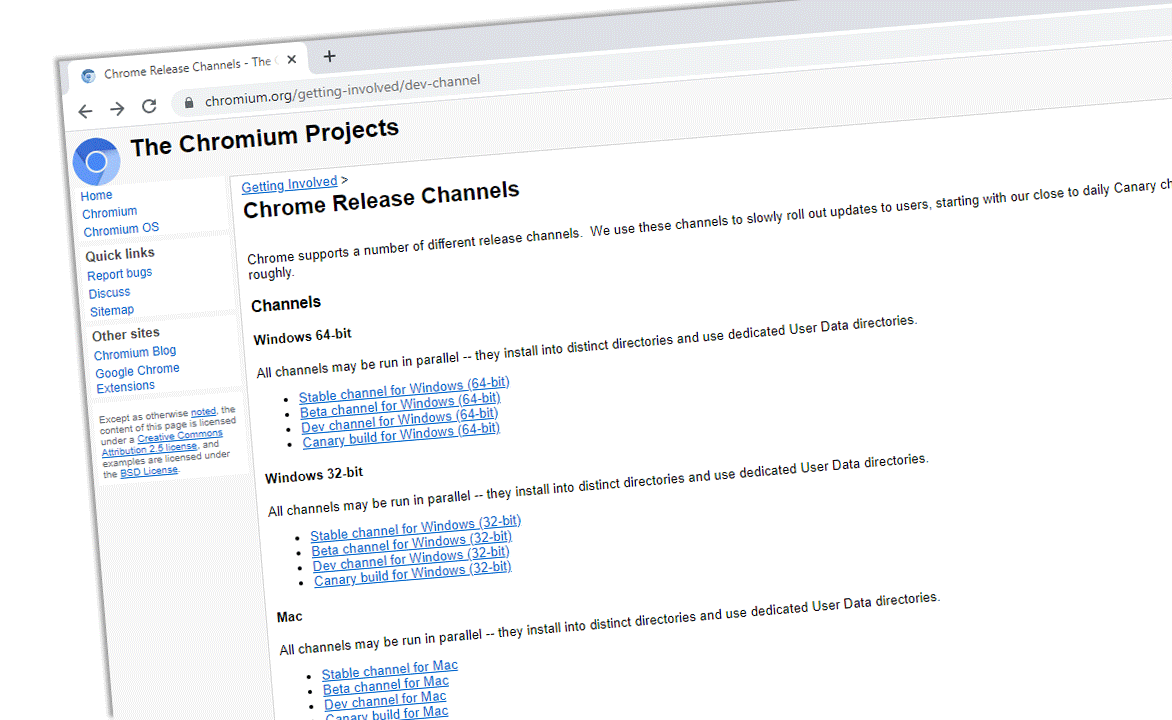
Business is business. Those who couldn't catch up, will be left behind in the business dust. But sometimes, a helping hand is needed, even if it's from a competitor.
Google Chrome is the most popular web browser that commands most of the market. But here, Microsoft, the company that operates the Edge browser, a competitor of Chrome, is working on a feature for Chromium that can improve the speed of internal pages of browsers using the engine, on various operating systems.
Calling it the "code caching" feature, it uses caching to enable instantaneous page loading when users navigate between internal pages of the browser, like the new tab page.
In a Chromium code commit, Microsoft revealed that it’s working the caching feature for scripts fetched via the chrome:// protocol.
“After loading and executing a script, V8 can serialize the interpreter bytecode which was generated for that script. Later, if Blink tells V8 to run the same script again, and provides the previously serialized bytecode, then V8 can skip the initial parsing step and the script runs faster. This is important for page load time,” Microsoft said.
The bottleneck happens on Chromium-based browsers like Chrome, because it processes some large scripts in WebUI pages, which use some common scenarios like the new tab page.
Using the code caching approach, Microsoft has observed a reduction of 11-20% on time to first contentful paint on the new tab page.
“The feature is currently disabled by default and can be enabled by launching with –enable-features=WebUICodeCache. A subsequent change will add configuration for a field trial,” Microsoft noted.
Microsoft is a heavyweight competitor to Google. And the idea of Microsoft working on improving Chrome, a rival to its Edge web browser, may seem unimaginable, especially since it is also working to improve Chrome on competing operating systems, like Linux and macOS platforms as well.
However, its opposition and stance changed when it started using Chromium on its Edge browser.
And this commitment from Microsoft to improve Chromium, is its way to improve Edge. But indirectly, this will also improve Chrome, which is also powered by the Chromium engine.

This feature from Microsoft focuses on large scripts in WebUI pages.
While it may not make websites load noticeably faster, it should make Chromium-powered browsers feel more speedy overall.
For Chrome, Google itself is also working on speeding up web pages with its ‘back-forward-cache’ feature.
This feature has been used for a while in Chrome for Android.
What it does, is making Chrome to keep opened web pages in memory.
This way, when users navigate away from the web pages, and wish to return, they can instantly return to those pages instantly by clicking on the ‘back’ or ‘forward’ buttons.
Google has been working on this for a while.